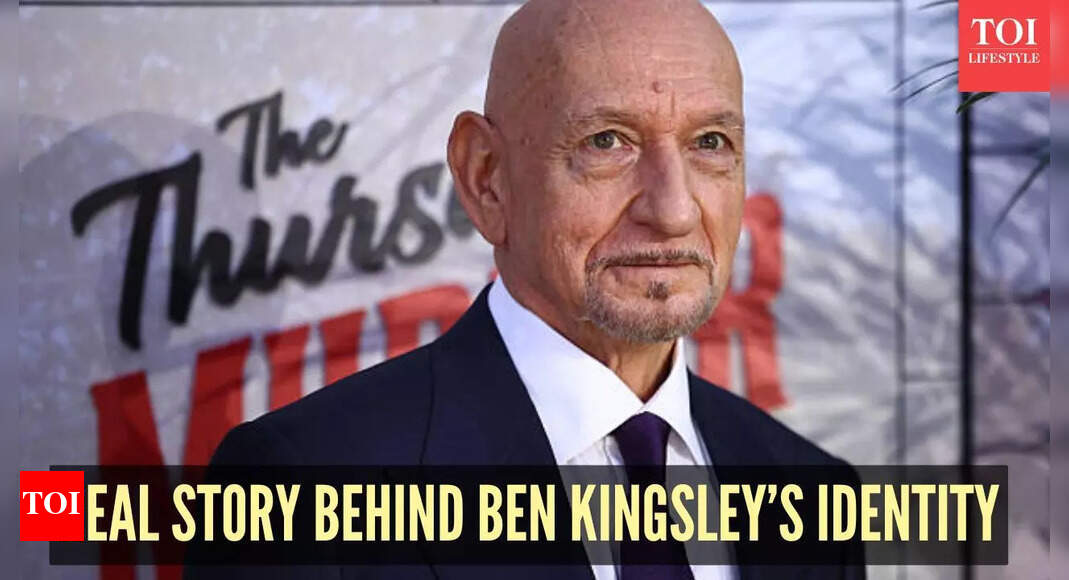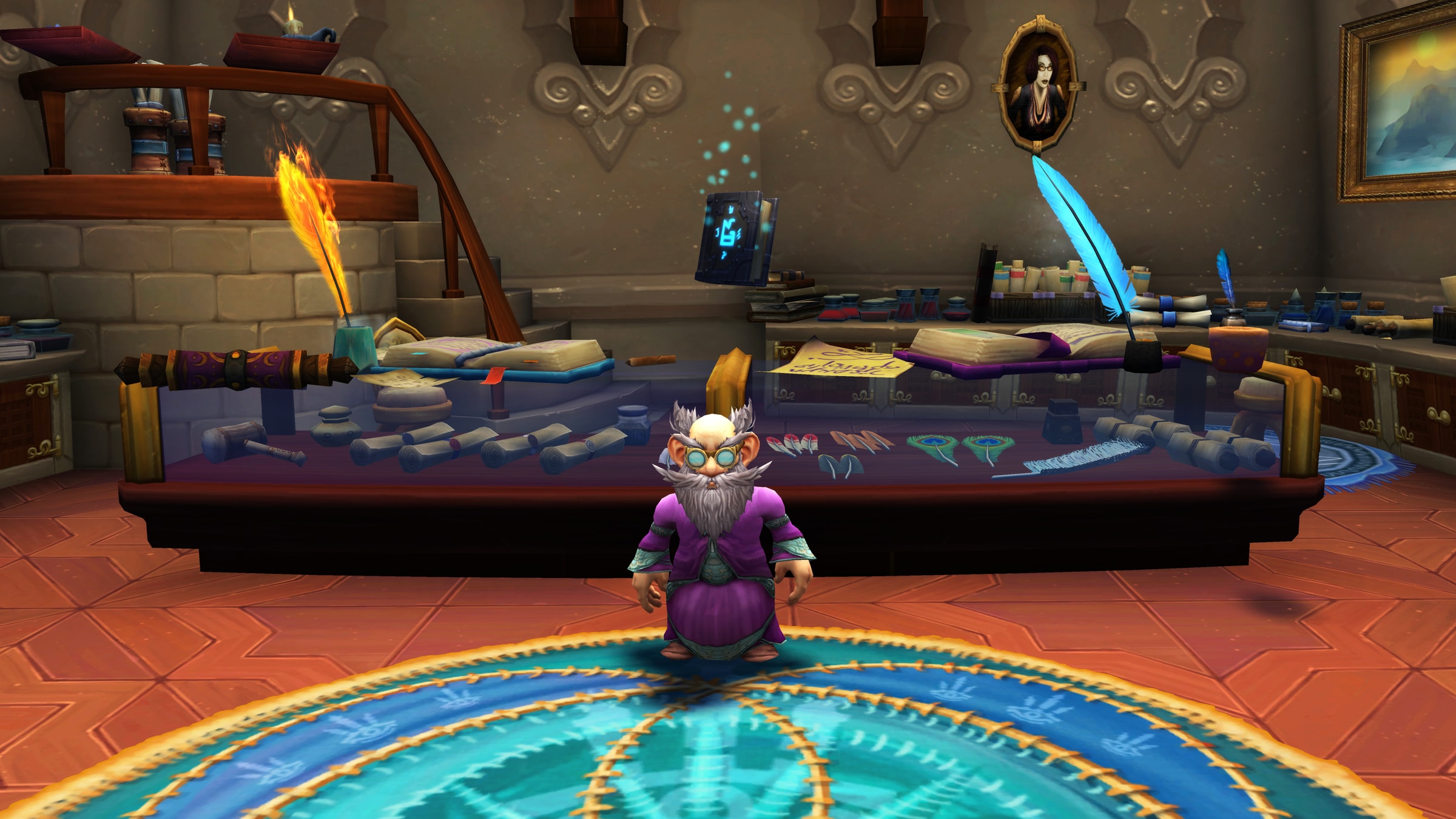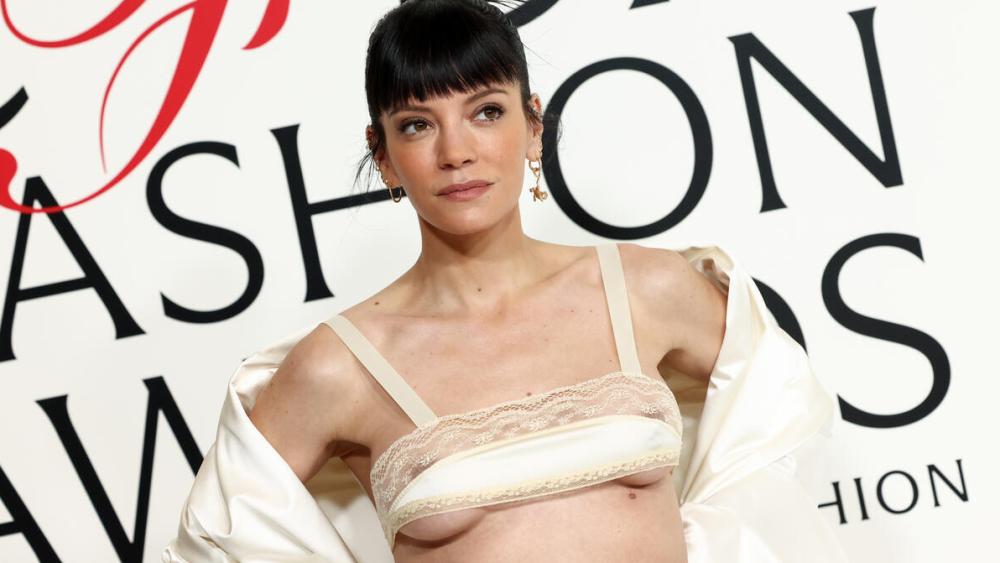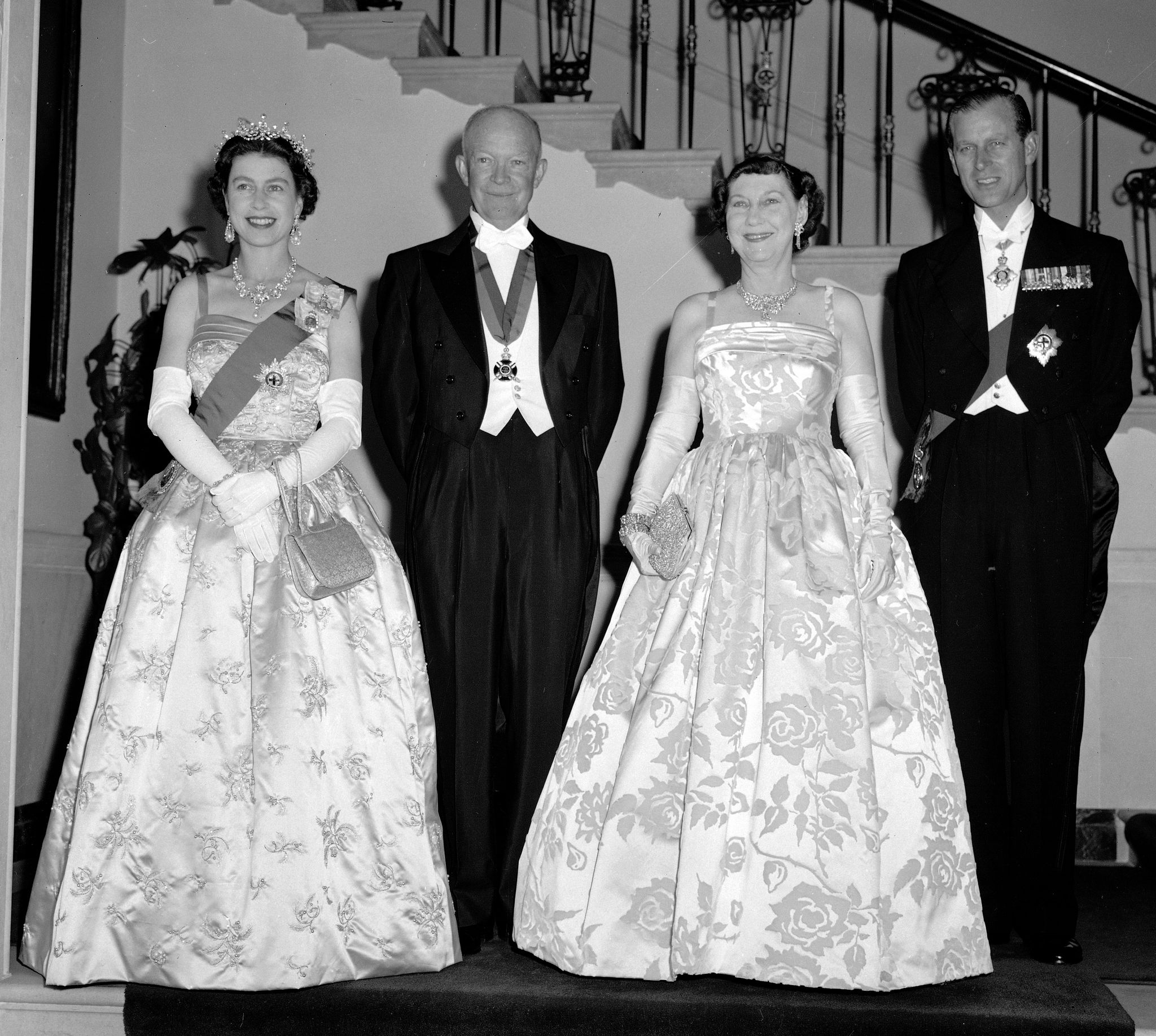Daniel Day-Lewis is calling out Brian Cox for dragging him into a “conflict” surrounding method acting.
During a recent interview with the U.K.’s Big Issue, the three-time Oscar winner shared his thoughts on being brought into the…

Daniel Day-Lewis is calling out Brian Cox for dragging him into a “conflict” surrounding method acting.
During a recent interview with the U.K.’s Big Issue, the three-time Oscar winner shared his thoughts on being brought into the…

‘A dream is a wish your heart makes’ sang Ilene Woods in 1990 as a part of Disney’s Cinderella. And no line has ever rang more true. From leaving your home to changing your name, whatever a dream demands, it…

If you’re anything like us, you’ve had Lily Allen’s new album West End Girl on repeat this month. Raw and poignant, the British singer has released one of the best records of the year. Through her signature cheeky writing and infectious…

One month after its release, Taylor Swift’s “The Life of a Showgirl” logs a major milestone as it hits a fn uninterrupted four weeks at No. 1 on the Billboard 200.
The set is just the second album of 2025 to spend its first four…

Tonight, at the 2025 CFDA Awards, supermodel Amber Valletta will be presenting Donatella Versace with the Positive Change Award, honoring the Italian designer for her LGBTQ+ advocacy work and ongoing support of young talent. Naturally,…

Here you’ll find a list of hotfixes that address various issues related to World of Warcraft: The War Within, Mists of Pandaria Classic, Season of Discovery, WoW Classic Era, and Hardcore. Some of the hotfixes below take effect the moment they…

It isn’t crazy: Carly Rae Jepsen is expecting her first child with husband Cole M.G.N.
The Canadian singer-songwriter announced her pregnancy Monday in an Instagram post, sharing a few black-and-white photos of the couple and Jepsen’s baby…

At the 2025 CFDA Fashion Awards in New York City, Lily Allen made a pointed return to the spotlight in an outfit that drew as much attention as her recent album. Just days after the release of her searing divorce album “West End Girl,” the…

LONDON (AP) — The largest-ever exhibition of the late Queen Elizabeth II’s fashion, including the opulent gowns she wore for her wedding and coronation, will go on display at Buckingham Palace next year to mark the centenary of her birth,…

SPOILER ALERT: This review contains spoilers for Amazon Prime Video’s “We Were Liars” Season 1.
The “We Were Liars” universe expands Tuesday with the release of E. Lockhart‘s new novel, “We Fell Apart.”
Set in the…